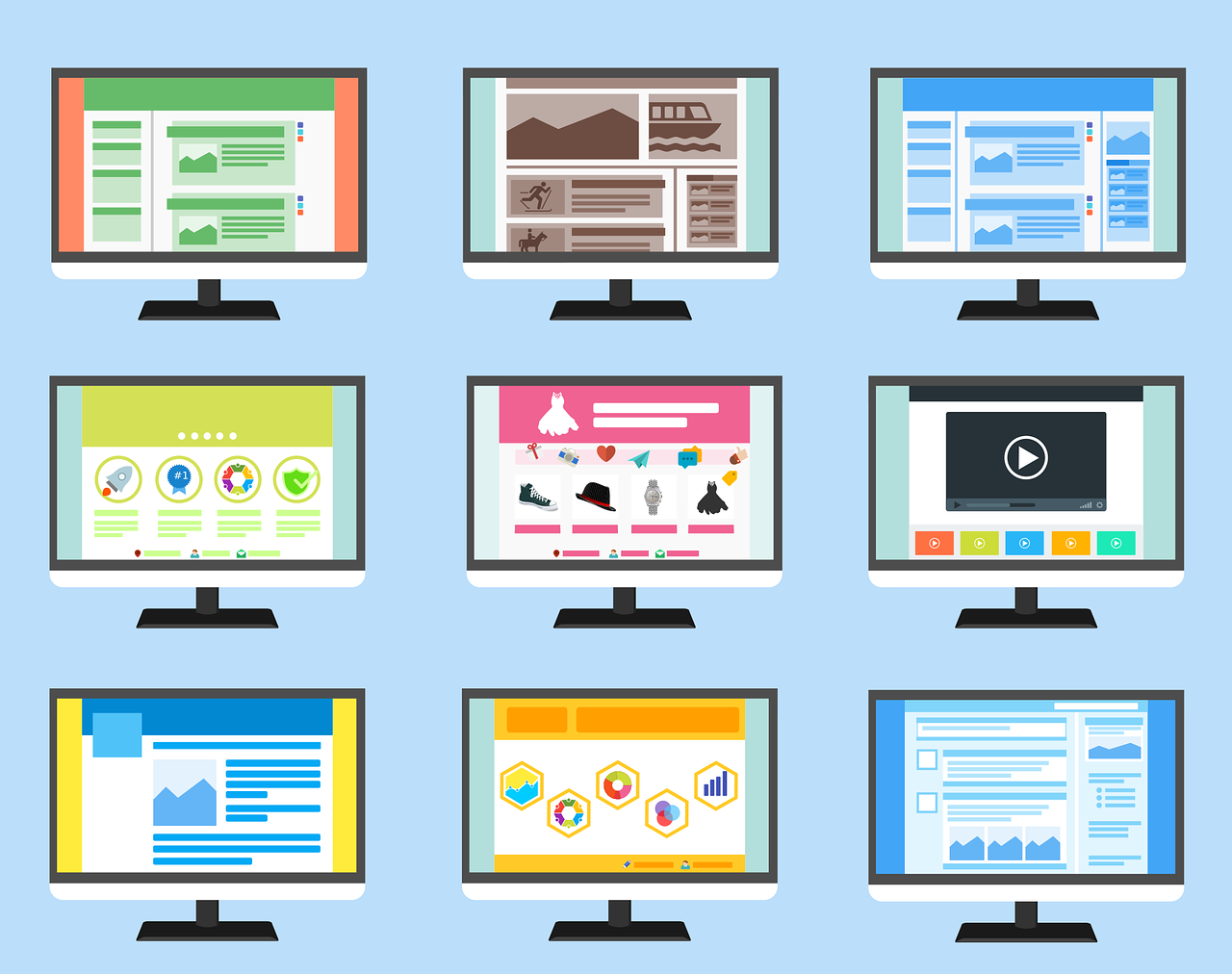When creating a healthcare website, you should do all you can to meet the highest patient privacy and security standards. You’ll be dealing with protected health information, so you’ll need to take all the precautions for HIPAA compliance. This keeps you compliant with industry regulations and cultivates patients’ trust in your facility. Here are eight tips for HIPAA-compliant healthcare website design:
1. Work With a Web Designer Who Understands HIPAA Compliance
You may need an expert for healthcare website design and development. Partner with a professional who is knowledgeable about HIPAA compliance and regulations. They should understand the importance of patient privacy and security and how to balance design elements with these regulations.
When you work with an experienced individual, they may also recommend other not-so-obvious ways to make your website more secure and compliant. Ask about the designer’s HIPAA-compliance knowledge and experience when interviewing candidates for the job.
2. Choose HIPAA-compliant Web Hosting
Your web hosting provider will store your website information, including emails and other forms of PHI data. They should provide HIPAA-compliant web hosting services like encryption and regular backups. The hosting should have a Business Associate Agreement (BAA) to demonstrate their commitment to HIPAA regulations.
They should also have a solid track record of providing secure, compliant services with features such as quick server response times, reliable uptime, and robust security protocols. Look for reviews and case studies of hosting companies that offer HIPAA-compliant solutions.
3. Secure Your Website With SSL
A Secure Socket Layer (SSL) is an encryption protocol that enhances data confidentiality and integrity between the browser and server. It establishes an encrypted connection that helps protect data from unauthorized access.
Healthcare websites need SSL certificates because they handle sensitive patient data, such as financial and medical information. When your website shows the “secure” icon in the address bar, it can increase patients’ trust and confidence in your website.
4. Use Secure Online Forms
Online forms can be used for patient registration, appointment scheduling, surveys, and more. They may collect sensitive information such as email addresses, phone numbers, addresses, and medical history.
Use secure and HIPAA-compliant forms with encrypted data fields to protect this information. When someone enters their information into the form, it immediately becomes encrypted, making it unreadable by third-party users. That makes it much harder for hackers and other malicious parties to intercept and steal information.
5. Encrypt Stored Data
Hackers are always searching for ways to target healthcare websites and steal protected health information. Encryption is an effective way to protect this data. It converts the PHI data into a secure code that’s unreadable and unusable. During healthcare website design, your designer should implement quality encryption protocols for stored data.
Even if someone were to access the data, it would be challenging for them to read or use it. The Advanced Encryption Standard (AES) is an excellent encryption protocol for HIPAA compliance.
6. Establish Measures for Authorized Access
Only those with express legal permission should have access to patient data. You can do that through authentication processes such as user login and password, two-factor authentication (2FA), or biometric authentication. That prevents unauthorized users from accessing PHI data and keeps it secure within the website interface.
You should also monitor user access and log activity to detect any suspicious or malicious attempts. If you notice a breach, you can quickly take action to prevent data theft and protect patient privacy.
7. Use a Web Application Firewall
A web application firewall (WAF) is a software tool that monitors and filters web traffic. It detects malicious attempts to gain unauthorized access and prevents such parties from reaching your website. WAFs can help protect against malware, DDoS attacks, and excessive traffic.
They also protect against SQL injections and cross-site scripting, often used to steal sensitive information. Installing a WAF can provide an additional layer of security for your healthcare website.
8. Publish a Privacy Policy
A privacy policy outlines how your website collects, stores, and uses patients’ personal data. It should include detailed information about data collection methods, usage of the collected data, and how it’s kept secure.
It should also include contact information for the website administrator for anyone with questions or concerns. By publishing a privacy policy, you show visitors your website is secure and trustworthy and their data is in good hands.
Get Professional HIPAA-compliant Healthcare Website Design
Designing and maintaining a secure healthcare website requires an in-depth knowledge of website security and HIPAA compliance best practices. An experienced healthcare website designer understands the importance of privacy and knows how to implement proper security measures. With a secure website, you’ll protect patients’ sensitive information, build customer trust, and create a successful digital presence.





Be First to Comment